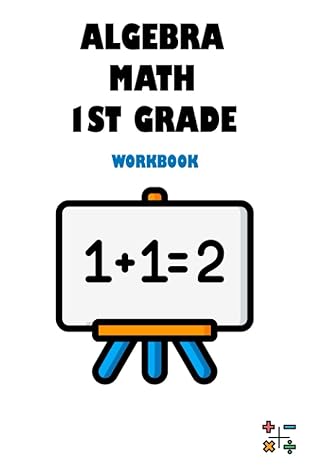Answered step by step
Verified Expert Solution
Question
1 Approved Answer
1. The following situation applies to Questions 1-7: To determine if there is an association between gender and reading habits, 270 adults are randomly sampled
1. The following situation applies to Questions 1-7: To determine if there is an association between gender and reading habits, 270 adults are randomly sampled from across the United States and asked the following question: "How often do you read a book outside of work or school: regularly, sometimes, or never?" The results are summarized in the following table. What are the appropriate hypotheses for this chi-square test? 1 Point + A B C D + A B C D H0: "There is no association between gender and reading habits" vs. Ha: "There is an association between gender and reading habits" H0: "There is an association between gender and reading habits" vs. Ha: "There is no association between gender and reading habits" H0: "There is no correlation between gender and reading habits" vs. H a: "There is a correlation between gender and reading habits" H0: "There is a correlation between gender and reading habits" vs. H a: "There is no correlation between gender and reading habits" 2. What are the appropriate degrees of freedom for this test? Hint: df = (r1)(c-1) 1 Point 2 6 57 269 3. What is the expected count for males who answered "Never"? 1 Point + A B C D 5.72 7.81 10.00 12.04 4. Suppose the expected count for males who answered "Never" is 11.3. Refer to the table of expected counts below. Is the sample size large enough to conduct a chi-square test? 1 Point + + + + A B C D Yes, the sample size is greater than 30. No, not all expected counts are greater than 30. Yes, all expected counts are greater than 5. No, not all expected counts are equal. 5. Assume the conditions for the test are met. Refer to the table of chisquare components below. What is the chi-square component for females who read regularly? Hint: calculate for the blank cell. 1 Point + A B C 0.123416 0.881279 4.562399 D 7.14074 6. Refer to the StatCrunch output below. What is the appropriate pvalue? 1 Point + + + + + + + A 0.0002 B .7329254 C 0.025 D 0.1547 7. Suppose the p-value is 0.11. At the = 0.05 level, what conclusion should be made? A. Reject H0. There is an association between gender and reading habits. B. Fail to reject H0. There is insufficient evidence that there is an association between gender and reading habits. C. Reject H0. There is no association between gender and reading habits. D. Fail to reject H0. There is an associaiton between gender and reading habits. 8. True or False: In a chi-square test, the "expected" counts are the values we expect if there is an association between the variables. 1 Point + + A. True B. False 9. True or False: A small chi-square test statistic supports the null hypothesis. 1 Point + + A. True B. False 10. True or False: If a chi-square test is significant (i.e., there is an association between the variables), we should look at the conditional distributions as a follow-up analysis. 1 Point + A. True B. False
Step by Step Solution
There are 3 Steps involved in it
Step: 1

Get Instant Access to Expert-Tailored Solutions
See step-by-step solutions with expert insights and AI powered tools for academic success
Step: 2

Step: 3

Ace Your Homework with AI
Get the answers you need in no time with our AI-driven, step-by-step assistance
Get Started


